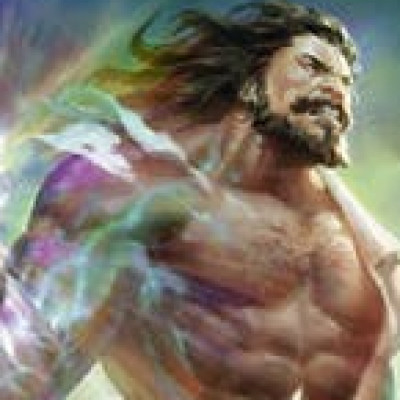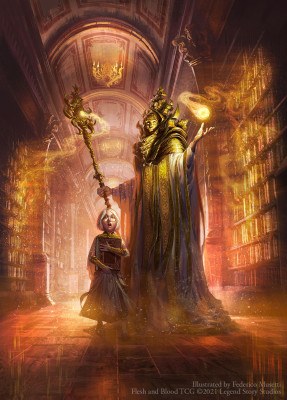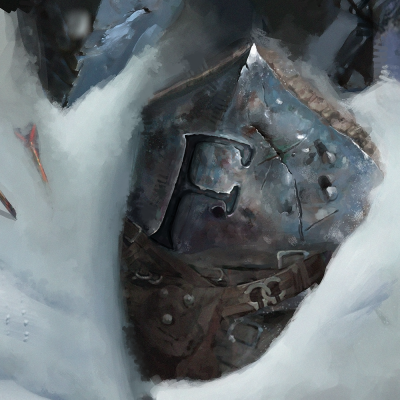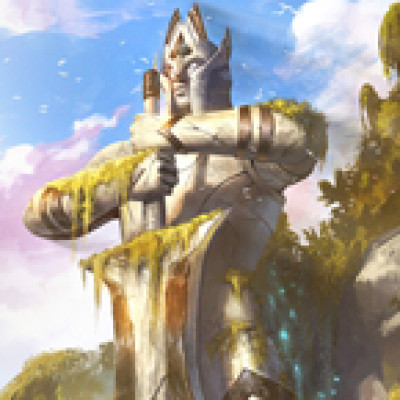You cannot win a game of Flesh and Blood- let alone an entire Calling- without putting yourself in a position to win first. It might seem obvious when said aloud, but most players don’t adhere to this simple fact. I was halfway to winning a Calling before I even showed up in Las Vegas to play the first round. This is how I did it.
Step 1: Don't Play Bad Decks
Once again, we're laying out what seems like an obvious axiom- but this turns out to be the most disrespected rule of all.
The first question to ask yourself on your road to playing a good deck should be “Can I beat over 50% of the field I am likely to face?” For Las Vegas, there were 12 Classic Constructed heroes that were legal to play. I gravitated toward Prism in the first place because I felt I had a positive matchup into a majority of these heroes. With only the core Auras build (no sideboard cards), I felt I had winning matchups (to varying degrees) against Bravo, Dorinthea, Kano, Viserai, Azalea, Boltyn, and Dash. I felt I had a losing matchup against Rhinar, Levia, Katsu, and Chane. Without getting into representation, that's 7 winning matchups and 4 losing ones- a distribution I was satisfied with for a start.
The first question to ask yourself should be “Can I beat over 50% of the field I am likely to face?”
For those that are more advanced, you will notice that some of these matchups might be winning at a 55% clip and some could be losing at a 70% clip. It is important to take these numbers into account as well. Having auto-wins during a tournament can be a huge plus when you are expected to play 14 rounds across 2 days in order to win the tournament. Prism has auto-win buttons vs. Bravo, Dorinthea, Kano, and Azalea. I was able to play against 1 Bravo and 1 Dorinthea- including in Round 10, where you can watch my deck absolutely do its thing vs. a Bravo player.
Step 2: Play Something That Can Challenge Level 0 and Level 1 Decks
This is the start of “metagaming”. You need to guess at what decks are going to be played at the tournament you are going to. Specifically, you need to guess what the best and most played decks will be. These might not always be the same thing. Sometimes the best deck is not the most played deck.
For Las Vegas, it was very obvious what the most played and best deck was:

Once you have identified what the best and most played decks are, you can consider these decks Level 0- or in other words, the decks to beat.
After this, it’s important to consider what decks players think play well into the Level 0 deck (or decks). Keep in mind that those decks don’t actually have to do well- the perception means they're likely to show up in force. These are your Level 1 decks.
At the time, the perceived Chane counters were Dorinthea, Bravo, Katsu, Boltyn, and Dash. Note that, of the 6 decks that were identified as Levels 0-1, Prism had favorable matchups into 4 of them- and that 2 of those I considered auto-wins.
It’s important to consider what decks players think play well into the Level 0 deck .
In preparing for the tournament, I did not believe I had a good matchup against Chane- which would be fine if all the Level 1 decks could prey on the Level 0 deck. But I expected to see a ton of Chane going into Day 2. So why did I end up playing Prism?
Step 3: Use Your Sideboard to Fix Your Bad Matchups
Following the axioms I laid out in steps 1 and 2, I believed Prism Auras to be a pretty good deck, with one glaring problem: It could not beat the format boogeyman. This is where sideboarding comes into play.
To that point, Prism players were trying to race Chane players by using red Heralds in their sideboard cards, boosting their aggression and reducing the presence of auras. This had not produced good results during the Road to Nationals season, and it had not worked for me either. I decided to go in another direction and attempt a fatigue strategy, relying on two cards to stop Chane's infamous Rift Bind turns: Arc Light Sentinel and Snag.
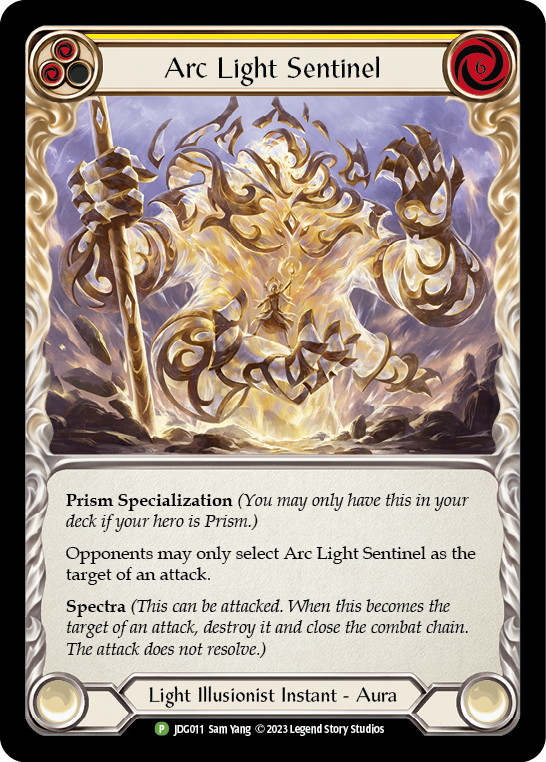

These cards- and the change in overall strategy- produced miraculous results for me, as I turned a bad matchup on its head to go 7-1 vs. Chane players over the weekend to win a Calling! But I could not have done it without putting myself in a winning position.
What's Next: Nationals
Lastly, I’ll leave you with what I’m doing to prepare for Nationals. Chane no longer has the presence he once did, and we have 3 new heroes as part of the equation. So it’s time to go through these steps again:
Step 1: Can the deck I choose beat most of the 15 heroes Rathe has to offer?
Step 2: Can the deck I choose beat Level 0 and Level 1 decks? (My Level 0 picks are Bravo & Prism; Level 1 consists of Briar, Dash, Boltyn, Lexi, & Katsu.)
Step 3: What can I do with my sideboard cards to turn these matchups in my favor?
Remember, no matter how big or how small your next tournament is...
The game starts now.



